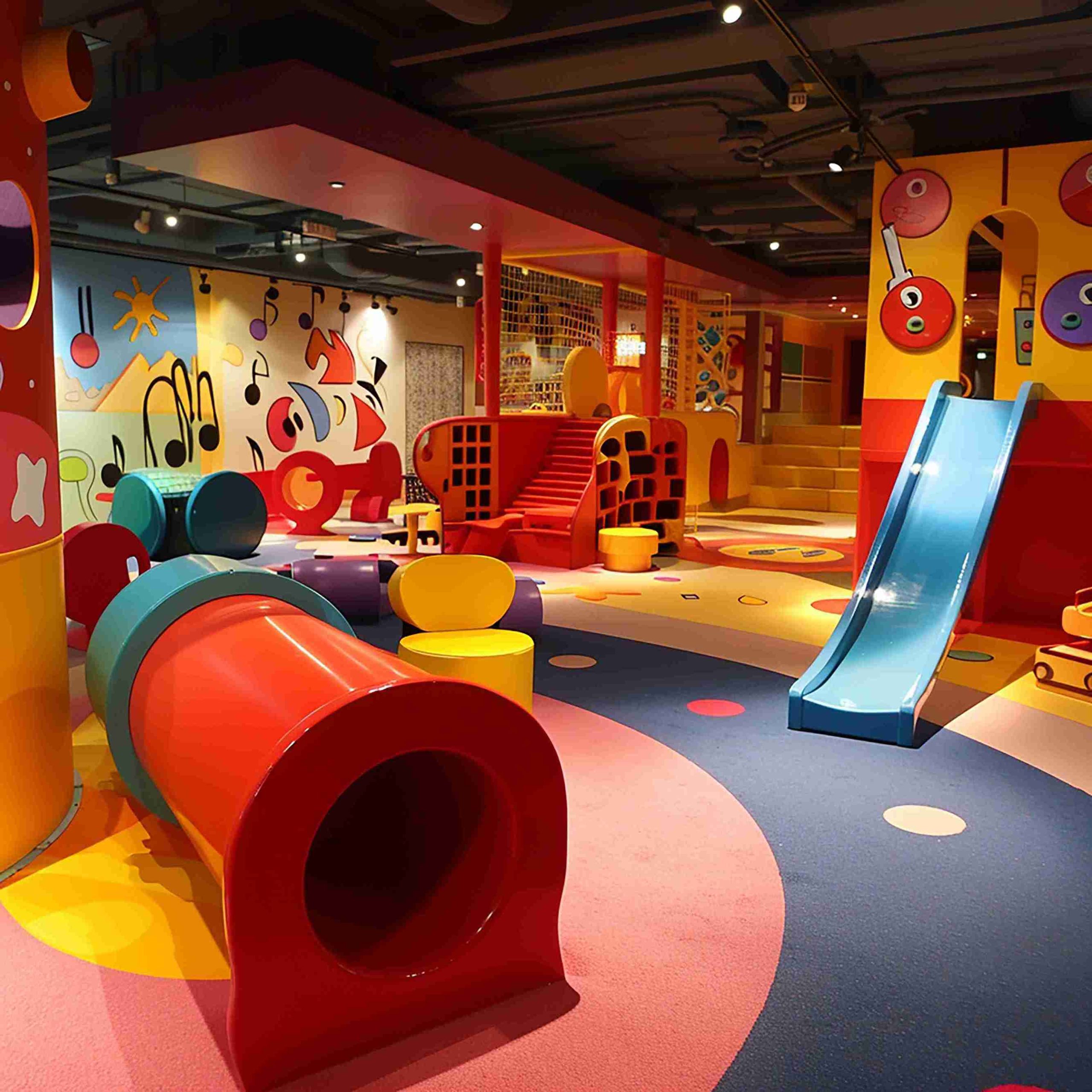The LCD display module industry is growing rapidly due to rising demand for smartphones, tablets, laptops, and industrial screens. Efficiency, precision, and adaptability are critical to staying competitive in this market. One factor significantly affecting production efficiency is the use of mold accessories. Flexible production of mold accessories has emerged as a key strategy for manufacturers to improve production speed, reduce costs, and maintain high-quality output.
This article explores the role of flexible mold accessory production in enhancing efficiency for LCD display module manufacturers.
How Does Flexible Production of Mold Accessories Reduce Production Time in LCD Display Module Manufacturing?
Time-to-market is critical for LCD display module manufacturers. Traditional molds require significant setup and adjustment time, often delaying production when switching between different module designs. Flexible production of mold accessories allows manufacturers to modify molds quickly and efficiently, accommodating multiple LCD display module designs on a single production line.
Fact: Studies show that up to 60% of production delays in LCD manufacturing are caused by mold changeovers. Flexible mold systems reduce these delays, enabling manufacturers to respond quickly to new orders or design modifications. Modular molds allow inserts, cavities, or fixtures to be replaced without affecting the entire mold structure, ensuring faster changeovers.
Furthermore, flexible mold accessories support simultaneous production of multiple module types. This capability is especially valuable in markets where screen sizes and resolutions vary widely. By reducing idle time, manufacturers can maximize equipment utilization, increase throughput, and meet market demand more efficiently. Overall, flexible production minimizes bottlenecks and improves the overall speed of LCD display module manufacturing.
How Can Flexible Mold Accessories Improve Product Quality and Consistency?
Quality is a primary concern for LCD display modules, as even minor defects in alignment, glass thickness, or backlighting can affect display performance. Flexible mold accessories enable manufacturers to maintain precise tolerances across different product types, ensuring consistent quality.
Manufacturers using adaptable molds report up to a 15% increase in yield, thanks to improved dimensional accuracy and reduced defects. Flexible molds allow for real-time adjustments during production, correcting deviations before defective modules are created. Advanced modular designs can integrate sensors to monitor mold temperature, pressure, and alignment, further enhancing quality control.
Additionally, flexible production supports iterative testing and prototyping without interrupting large-scale production. This allows manufacturers to introduce new LCD display module designs while maintaining consistent standards. High-quality mold accessories reduce scratches, deformation, or misalignment, which are common issues with rigid molds. By ensuring consistent quality across production batches, flexible molds strengthen brand reputation and customer trust, which is crucial in a competitive electronics market.
How Does Flexible Mold Production Reduce Costs for LCD Display Module Manufacturers?
Cost efficiency is another significant benefit of flexible production of mold accessories. Traditional mold systems require separate molds for each module variant, increasing material costs, storage needs, and maintenance expenses. Flexible molds, by contrast, are modular and reusable, reducing the need for multiple dedicated molds.
Studies indicate that implementing flexible mold systems can reduce material waste by 25–30% and lower overall production costs by up to 20%. Reusable mold components allow manufacturers to adjust designs without producing entirely new molds, saving raw materials, labor, and capital expenditure. Storage requirements are also minimized, as fewer molds need to be kept in inventory.
In addition, reducing defects through flexible molds leads to fewer rejected units, further lowering costs. Manufacturers can allocate resources more efficiently, optimizing labor and machine usage. By reducing operational overhead while maintaining high-quality production, flexible mold accessories offer both short-term savings and long-term financial benefits for LCD display module manufacturers.

How Can Flexible Mold Accessories Support Innovation and Customization in LCD Display Module Manufacturing?
Consumer demand for varied LCD display modules (including different sizes, resolutions, and functional features) is growing rapidly. Flexible mold accessories enable manufacturers to prototype, test, and produce customized modules efficiently.
Approximately 40% of new LCD display module designs require custom molds for specialized features. With flexible mold production, manufacturers can implement these designs quickly without halting existing production lines. This adaptability encourages experimentation with new materials, finishes, or sizes, supporting innovation while reducing lead time.
Flexible molds also allow manufacturers to meet client-specific requests, such as limited-edition products or small-batch orders. By offering customization options, manufacturers can differentiate themselves in a competitive market, increase customer satisfaction, and expand market reach. The ability to innovate while maintaining efficiency ensures that LCD display module manufacturers remain agile and competitive as technology evolves.
How Does Flexible Production of Mold Accessories Provide a Strategic Advantage in a Competitive Market?
Adopting flexible mold production gives LCD display module manufacturers a significant strategic advantage. By improving efficiency, quality, and cost-effectiveness, flexible mold systems allow companies to respond rapidly to market demands and maintain high production standards.
Companies utilizing flexible mold accessories report up to a 30% improvement in operational efficiency and a 10–15% higher yield compared to traditional mold systems. Flexible molds reduce downtime, minimize defects, and support rapid product development cycles, which is essential in an industry where new technologies and product variations emerge frequently.
Moreover, flexible molds contribute to sustainability by reducing material waste and lowering energy usage during production. Manufacturers benefit from both environmental and economic advantages, enhancing brand reputation and market competitiveness. Overall, flexible production of mold accessories is not just a technical upgrade; it is a strategic investment that strengthens operational capability, innovation, and long-term growth for LCD display module manufacturers.
Conclusion:
The flexible production of mold accessories is transforming the LCD display module industry. By reducing production time, improving quality, lowering costs, supporting innovation, and providing strategic advantages, flexible mold systems enhance efficiency and competitiveness.
In this article, we explored how flexible molds streamline operations, optimize resources, and enable manufacturers to meet diverse client needs. For LCD display module manufacturers, adopting flexible production techniques is essential for maintaining high-quality standards, accelerating time-to-market, and achieving sustainable growth in a fast-evolving global market.




